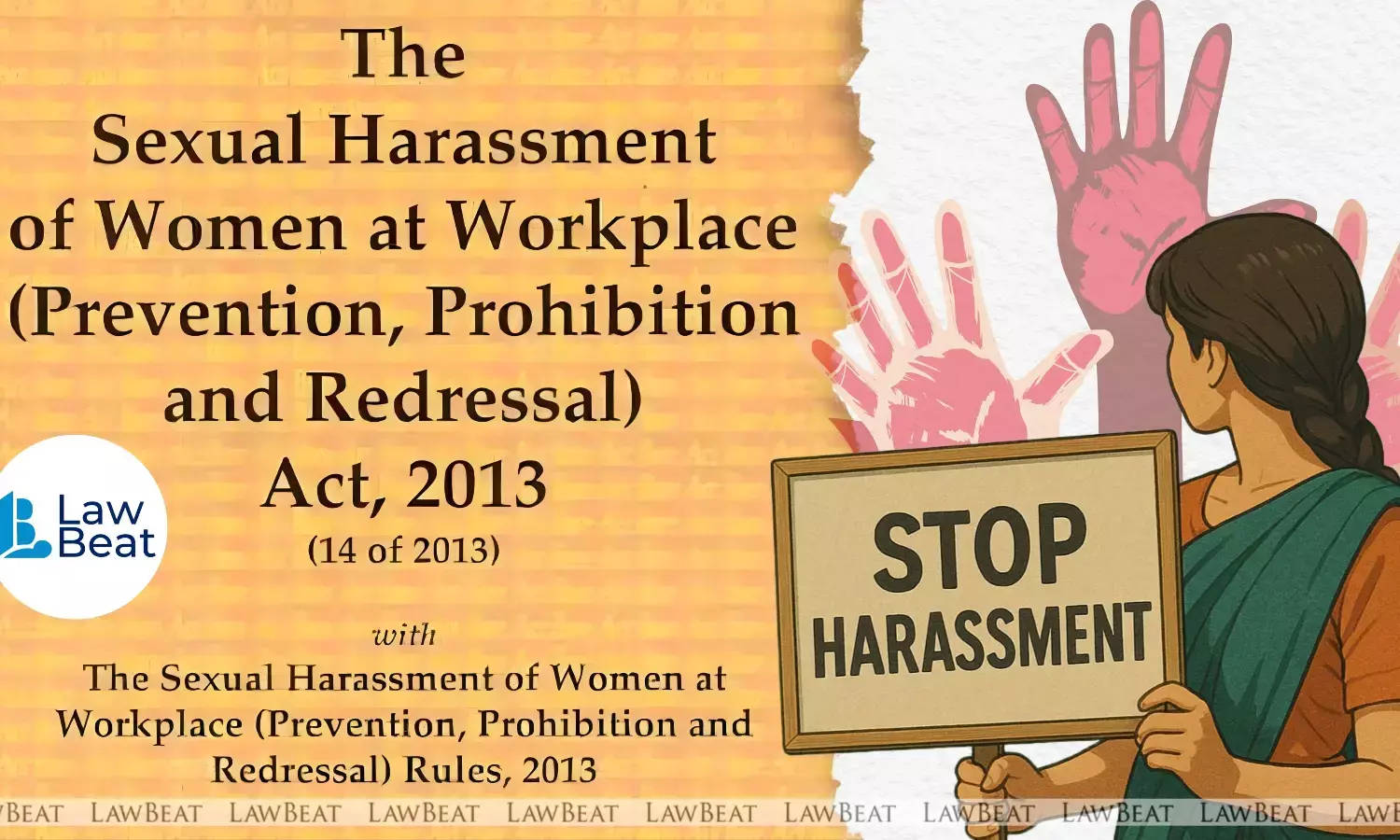Broken by the System: When Institutions Betray Women Loudly

Delhi High Court holds that exoneration by an Internal Complaints Committee in a POSH case cannot be the sole basis for discharge from criminal proceedings under IPC.
It is tempting to believe that representation alone signals progress. Yet when women climb ladders only to fall victim to the same system they trusted, there is nothing progressive about the outcome.
Take the resignation letter of Judge Aditi Kumar Sharma from Shahdol, Madhya Pradesh. She wrote:
“With every ounce of my moral strength and emotional exhaustion, I hereby resign from judicial service not because I lost faith in justice, but because justice lost its way inside the very institution sworn to protect it.”
This resignation was not an abrupt decision. It was followed by documented complaints, representations to multiple authorities, and a painful reinstatement from termination by the Supreme Court. But even as she was reinstated, the alleged harasser, a senior district judge, was promoted to the High Court. She wrote:
“The man I accused... with documented facts and the raw courage only a wounded woman can summon was not even asked to explain. No inquiry. No notice. No hearing. No accountability is now titled Justice, a cruel joke upon the very word.”
And yet she persisted. In closing, Judge Aditi added:
“I sign off not as an officer of the court, but as a victim of its silence…...only the bitter truth that the judiciary failed me. But worse, it failed itself.”
These are not isolated expressions of pain, they expose a deeper pattern: women who follow procedure, document evidence, and await redress, only to find that the system is equipped to dismiss them.
A striking earlier example is the Uttar Pradesh woman civil judge who, in December 2023, wrote to the Chief Justice of India asking permission to end her life exhausted by harassment from a district judge and ignored even by her own judicial hierarchy.
The same month brought another tragedy; this time from Balasore, Odisha. A 20 year old B. Ed student set herself ablaze in front of her college office after alleging sexual harassment by her professor, who was also the Head of Department.
She had lodged both an FIR and an internal complaint, but no action was taken for weeks. She succumbed to her injuries two days later with 95% burns.
Her brother later told the press she was being “character assassinated” after death, and college authorities failed to protect her even after formal complaints.
These cases share painful parallels: women formally accused senior officials within powerful institutions. They did everything “right”; filed complaints, documented trauma, sought protections. Yet the institutional response was either silence or active invalidation.
This is systemic exclusion, not an accident. When institutional mechanisms fail, the law, like the POSH Act, can exist in statute but not in practice. A committee may be formed in name, timelines may exist in law, but when the people appointed are subordinates of the accused or when inquiries are delayed, the whole structure collapses under its own inertia.
We see this not only in courts but across campuses, corporations, and academia. When internal complaints committees become shadows of authority, when complainants are pressured to withdraw, when predators are rewarded, not removed;
The system sends a brutal message: speaking up will cost you more than staying silent ever would.
Each resignation and each broken letter should shatter our complacency. They remind us that counting women is not the same as safeguarding them. We must demand independence in grievance redressal, public accountability for institutional responses, and real consequences when processes fail.
And yet, even now, we hesitate to admit how deeply the problem runs. The Sexual Harassment of Women at Workplace (Prevention, Prohibition and Redressal) Act, 2013 was hailed as a landmark. It legally recognised that dignity and safety at the workplace are not aspirational goals, but enforceable rights under the Constitution. It mandated that every employer must constitute an Internal Complaints Committee (Section 4), that inquiries must be completed within 90 days (Section 11), and that action must follow within 60 days (Section 13). It made non-compliance punishable. It laid down a structure. It even gave it teeth.
But a decade later, we are still watching institutions treat these requirements as options.
Committees exist only on paper. Annual reports mandated under Section 21 are rarely filed. Many survivors have never even been told that such a mechanism exists.
Others find themselves reporting harassment to a panel headed by a colleague of the accused. The process becomes the punishment. The law, a hollow formality.
What we need is more than paperwork. Committees must be structurally independent, not functionally subordinate. Members must be trained in trauma sensitivity, confidentiality, and neutrality, not just procedure. Institutions must be legally obligated to make public anonymised data on complaints and outcomes, so that silence can never be mistaken for peace. And perhaps most importantly, we must stop confusing institutional loyalty with institutional protection, because protecting women from harm does not damage an institution’s reputation; it defines it.
So when a woman says she does not feel safe, she is not merely speaking for herself. She is testing whether the law is real. She is asking whether rights on paper mean anything when tested by power.
The real question is: when the law exists, when the mechanisms exist, when the obligation is clear, what is it that truly stands in the way? Is it fear? Is it inertia? Or is it that the exclusion of women has simply taken a more polite, procedural form?
That answer, whatever it is, should disturb us far more than any complaint ever could.
